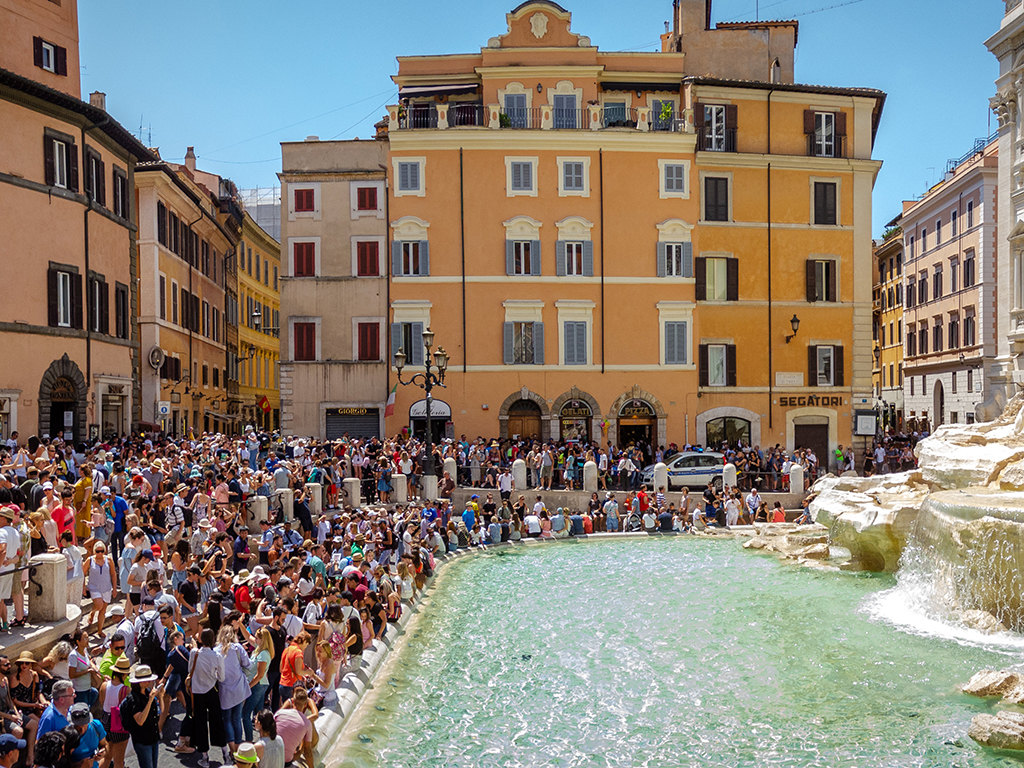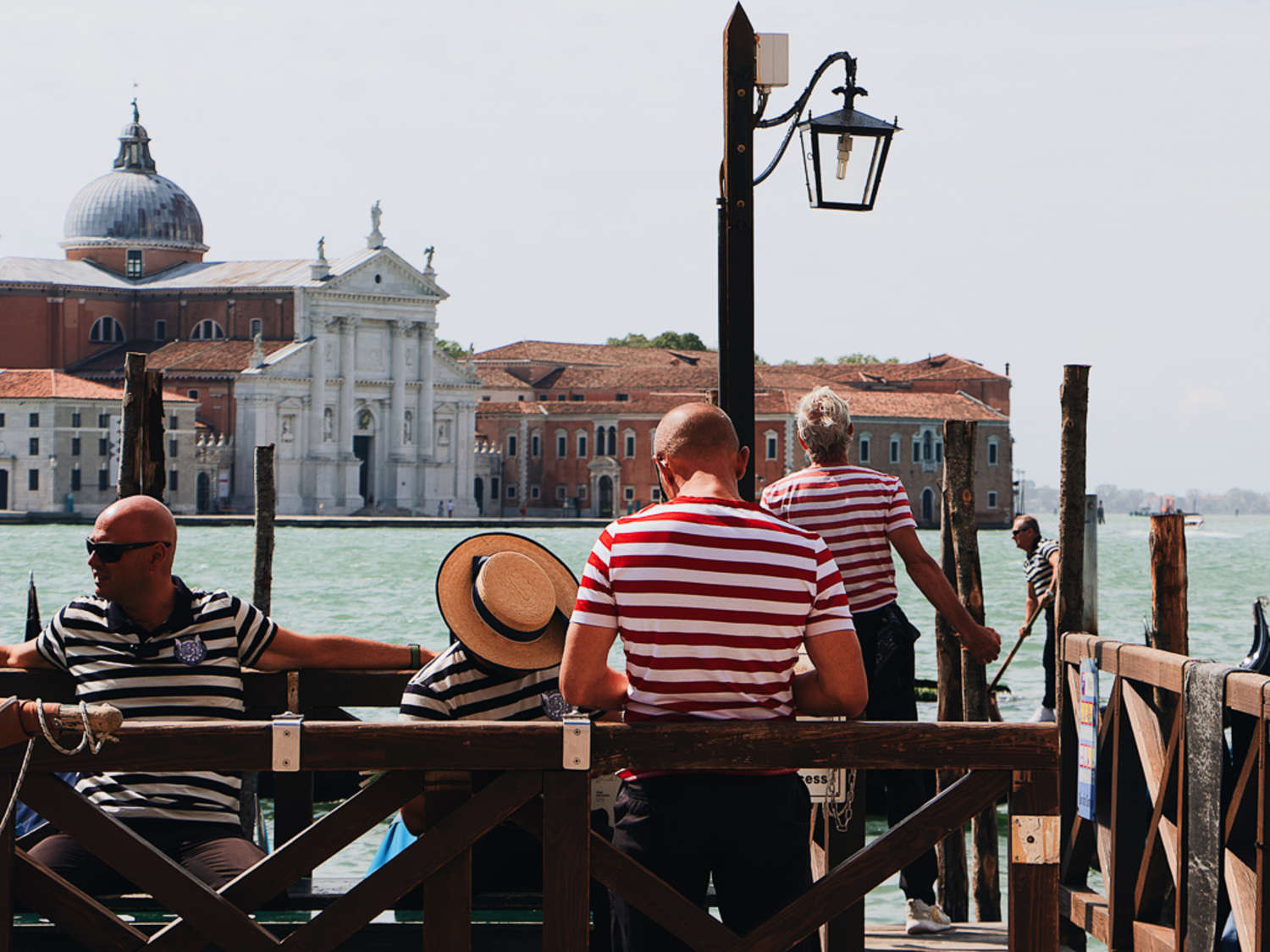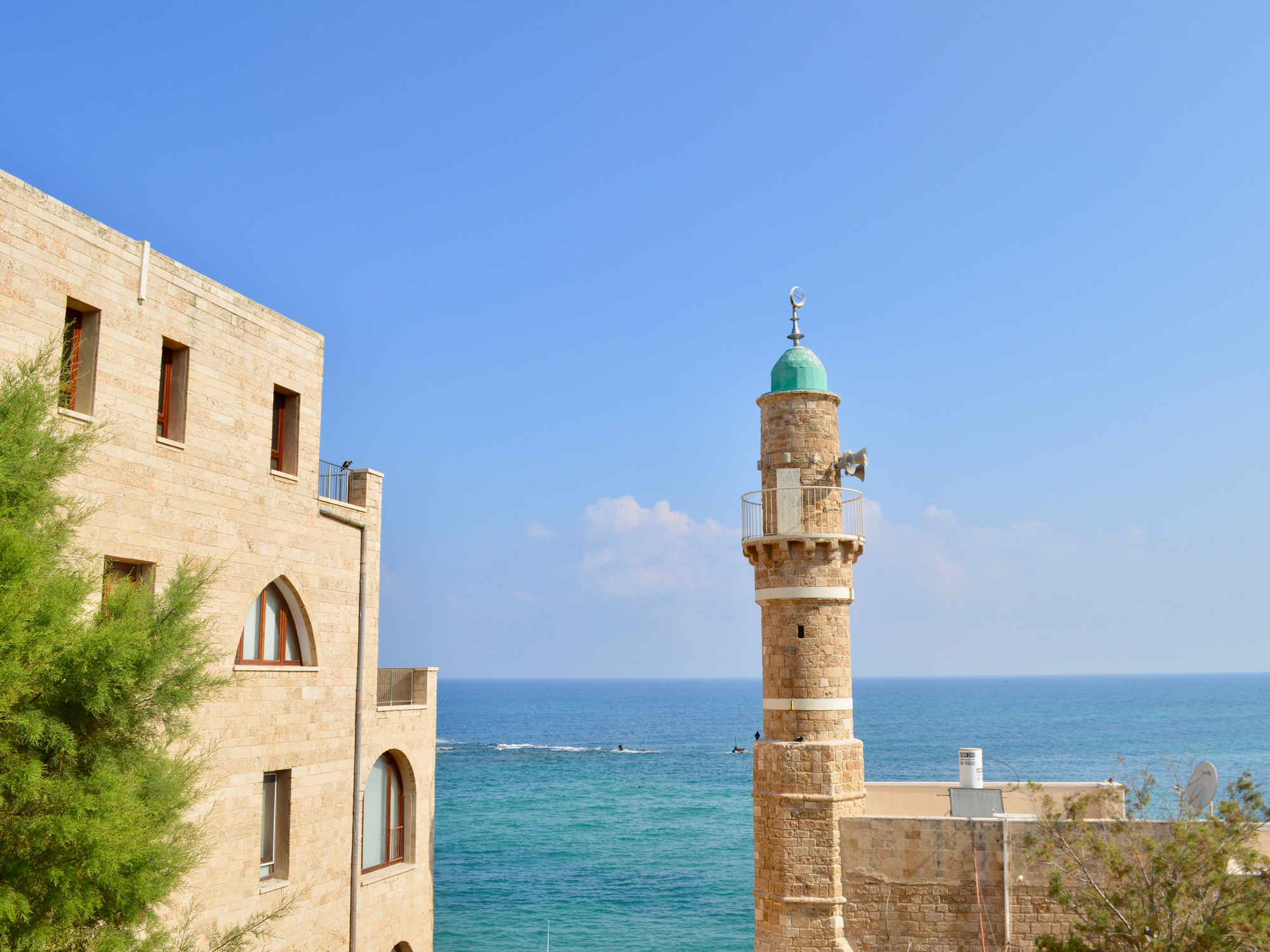Context was founded with sustainability in mind and—as a certified B Corp since 2011—responsible travel is something we’ve thought about for many years. As criticism of travel’s negative impact (disturbed social fabrics, carbon pollution, overrun monuments) grows, we asked Lani Bevacqua, one of Context’s founders and original architects of our Context approach, to share her thoughts on sustainability in travel today. Here’s her missive, delivered to us from the middle of the round-the-world sailing journey she’s currently navigating with her family:
Travel is many delightful things: educational, fun, spiritual, delicious, and challenging. At its best, travel is a catalyst for cultural exchange, global awareness, and personal humility. But that enlightenment, it seems, doesn’t come without cost: at its worst, travel can be actively destructive to host destinations, peoples, and the environment.
Writing this, I’m sitting in a co-working cafe in the hip Canggu neighborhood of Bali, Indonesia, and it strikes me that there may be no better example of the good and bad of tourism than this tiny island. In this case, the good is the nearby string of surfing beaches sporting beautiful breaks that lure wave-riders from around the globe. The bad, however, is the island’s suffocating traffic—the result of an infrastructure that wasn’t designed for so many visitors. The traffic is so intense, in fact, that we’ve left our boat on a mooring and taken a few rooms in Canggu; though the distance from our boat to the surf breaks is only about 12 miles, the drive would take close to two hours by car.
As the founder of Context and a frequent traveler myself (usually with family of five in tow), I think a lot about this juggling of positive and negative in travel. While we certainly don’t have all the answers, we’ve developed some basic principles for traveling responsibly over the last 15 years that can help neutralize your impact, and—in some cases—contribute to the solution.

Sustainable Travel: Some Context
Air Travel and Climate Change
Through the years, an entire lexicon—sustainable travel, responsible tourism, over-tourism, flight shaming, green travel, eco-tourism—has emerged to discuss the negative impacts of our insatiable desire to explore.
The ease and affordability of air travel is frequently credited for the huge increase in international travel, which reached over 1.4 billion arrivals in 2019, climbing back up after the pandemic to nearly 1.3 billion in 2023. With air travel and the emissions of planes currently accounting for 2-2.5% of world-wide carbon emission, travel’s role in our current climate crisis is also increasingly top of mind, particularly against the backdrop of the UN Climate Action Summit and Greta Thurnberg’s incredible efforts.
Flying is, in fact, the biggest carbon culprit in travel: a trip from London to New York produces more carbon than an average person in 56 countries produces in an entire year. Offsetting carbon is an important step but not a magic bullet, as the offsetting we do now won’t actually reduce carbon for many years to come.
Size Matters in Sustainable Travel
One important way to measure travel’s impact is with a ratio of visitors to residents. Bangkok, the most visited city in the world, welcomed over 28 million foreign visitors to its 11 million residents last year, a ratio of 2.5:1. Phuket, a city of under 400,000, has a (shocking) rate nearly ten times that: 25 visitors for each resident.
Bali perfectly illustrates the implications of that metric: with a ratio of 2:1, signs of straining infrastructure are everywhere, from the oppressive traffic, to single-use plastic littering streets and fields. But, the economy is also thriving and has brought amenities like internet, electricity, and public transportation to visitors and residents alike. Our surf instructor Komang explains this duality well, saying, “It’s fifty-fifty. Now, it’s easy to make money, but we have lost the peace of our island.” I’m not sure if he means piece or peace, but I think it could be either.
Cruising, and the Role of Regulation
Venice—where the ratio of visitors to residents is over 500:1—is often held up as the poster child for the issue of overcrowding. The issue is exacerbated by the city’s popularity with cruise ships, which comprise the largest portion of visitors here. Cruises represent 2% of all travelers worldwide, and they’re growing at a quick clip: ships are getting bigger (the largest now hold more than 6000 passengers). The effects of cruise ships are multi-faceted; there are ecological concerns around the dumping of waste, spilling of oil, and carbon emissions. There are the social effects of depositing thousands of tourists into small towns. There are economic factors that tilt the financial benefits into the pockets of the cruise ships and away from locally owned establishments.

Venetians have been vocal for decades about the damage that cruise ships have inflicted on their city, a topic explored on our Ecology of Venice tour. In the past few years, the government has taken some steps to limit cruise ship access to the city, and imposed a new visitor tax. Similarly, Barcelona locals have been vocal about protecting their city from an influx of tourists.
But limiting access to world treasures is controversial. Doesn’t everyone have a right to visit these places? How could they close the Grand Canal? Or deny access to Komodo National Park? These are pieces of our shared history and natural wonders of our world. How do we differentiate between a healthily growing sector in an emerging economy and destructive over-tourism? Whose rights take precedence, and how are the interests of the visitor and the visited balanced to create a relationship that is beneficial to both? It’s a tricky question with no universal answer.

Context's Approach to Sustainable Travel
As a B Corp and an organization of over 1500 local experts around the world, Context’s aim is to see the economic benefits of tourism reach the people and places that need them the most. We believe that travel should make us defenders of a place, not a means of its deterioration. Over our 15 years in business, we’ve come up with a few ways of thinking and acting that we believe can make travel a force for good:
- Work with locals. So much of the travel dollar gets lost through ‘leakage’ to multi-national corporations that the economic benefit doesn’t reach the local population. Shop and eat at locally owned establishments. Work with guides—like ours—who live in the place you’re visiting. Venture beyond the top five TripAdvisor list by asking local folks to recommend spots outside of the trodden tourist center. Explore the city with an eye (and a heart) to understanding the history, the culture, and the everyday life of its citizens.
- Think about "when" instead of "where". The difference between a tourist-filled inferno and a transformative travel experience is often not about choosing the correct destination, but choosing the correct time. If you want to see the Vatican Museums, we recommend February, the quietest time of the year. Not only will you be able to experience the art and history in a much more meaningful way, but you’ll also be able to have interactions with locals that really matter. Similarly, places that have fallen out of fashion—or have yet to arrive—will be very happy to see you and will have the space to welcome visitors. Try Lisbon instead of Barcelona. Venice would be happy to see you head for the ever-popular Naples.
- Truly small groups. When’s the last time you looked at a group of 15 and thought ‘small’ or ‘intimate’? Our rule: if it’s more people than you want to share a meal with, then it’s too many to glide unnoticed in and out of small shops, medieval alleys, or stand on a corner discussing architecture. At Context, we call six people a small group. The travel industry will call anything from 12 to 20 (and even 40) people a “small group.” Dig a layer deeper when you see that term and make sure you agree with the definition of "small".
- Seek out alternatives, secret sites, and the undiscovered. Who needs another family lining up to be herded through the Louvre? Just ask our guides about the amazing alternative gems they prefer to show you, like the Centre Pompidou. Why punish yourself with a visit to the crowded Colosseum in the broiling summer heat? Check out the cool, uncluttered underground sites in the Case Romane and San Clemente, instead.
- Planes, trains, and automobiles. Finally—why not pause for a moment of reflection before booking your next flight. Could you take a train? Could you do one longer trip instead of several short ones? As with many big changes, reducing carbon from flying could start with a series of small tweaks.
We're always open to more discussion: read more about our approach to sustainability, or get in touch with us to learn more at info@contexttravel.com.













